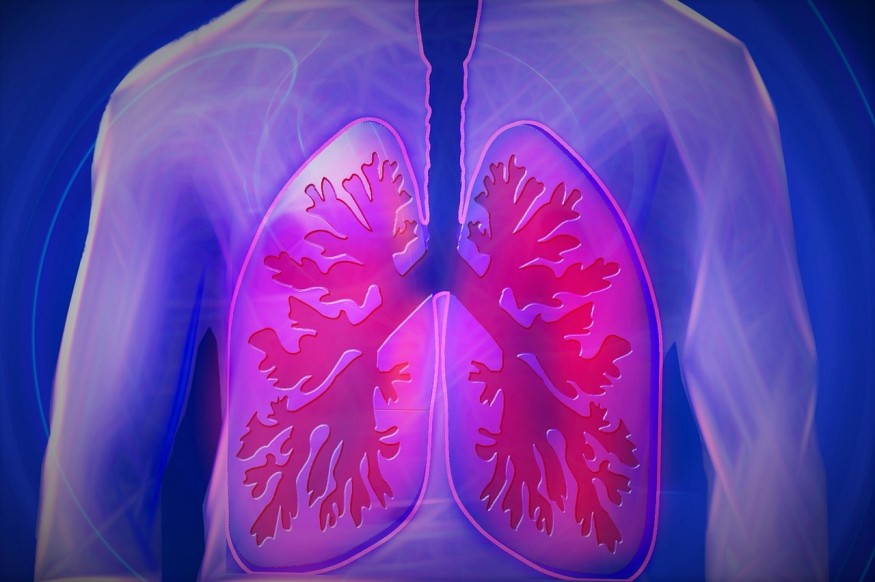
Researchers from Karolinska Institutet in Sweden showed how lung immune cells, called an alveolar macrophages, develop to protect the organ from bacteria and viruses at an early age. Alveolar macrophage develops in humans from birth when the lungs are inflated with inhaled air.
These lung immune cells serve an important role in the immune system, but scientists do not know how they develop since it is impossible to conduct in-vivo studies in humans. New findings could help reduce organ damage and help in the continued development of lung disease treatments.
Human Lung Immune Cells Originate in the Liver Then Moves Up Via Bloodstream, Study Reveals
Alveolar Macrophage Against Lung Infection
According to a paper published in Frontiers in Immunology, macrophages are immune cells present in all mammalian organs with substantial heterogeneity and phenotypic specialization. There are two types of macrophages in the lung - interstitial and alveolar.
The first type can be found in the parenchyma between microvascular endothelium and alveolar epithelium, while the second is in close contact with alveoli type I and type II epithelial cells.
The alveoli macrophage came from yoke sac procurers of fetal monocytes that populate the alveoli shortly after birth and persist throughout the lifespan. They serve as the first line of defense against pathogens and pollutants by activating the immune response in the lung.
Understanding the function and regulatory mechanisms of the macrophages in the lung may provide new insights that would lead to novel therapies for lung disease.
ALSO READ: Broken Immune Cells Causes Baldness, May Lead To Hair Loss Treatment
Macrophages in the Lung Developed in Two Ways
Researchers at Karolinska Institutet have studied the development of macrophages in the lung through the help of a model, Medical Xpress reported. They found that it develops in two ways.
Associate Professor Tim Willinger from the institute's Department of Medicine said that the first type of development starts from the precursor cells in the liver of the fetus. After birth, these precursor cells move up to the lungs through the bloodstream. These macrophages become exposed to pathogens and pollutants in the lungs to help them mature into lung macrophages.
Meanwhile, the second type of development occurs in adulthood at which point they develop from adult precursor cells known as monocytes that are found in the blood.
But regardless of the origin of macrophages, researchers found that they had similar gene expression only with different functions. Study first author Etza Evren pointed out that the fetal precursor cells divide faster, which is important for the developing human, than the adult precursor cells activated by the protein interferon that defends the organ from viral infections.
They also found that macrophages in the lung are the same as the pro-inflammatory macrophages, which can be overactivated and contribute to serious lung damage, such as in the case of COVID.19.
The team published the full findings of their study, titled "CD116+ Fetal Precursors Migrate to the Perinatal Lung and Give Rise to Human Alveolar Macrophages," in the Journal of Experimental Medicine.
RELATED ARTICLE: Cell Invasion Mechanisms That Help Immune Cells Invade Tissues Discovered
Check out more news and information on Biology in Science Times.
© 2025 ScienceTimes.com All rights reserved. Do not reproduce without permission. The window to the world of Science Times.












